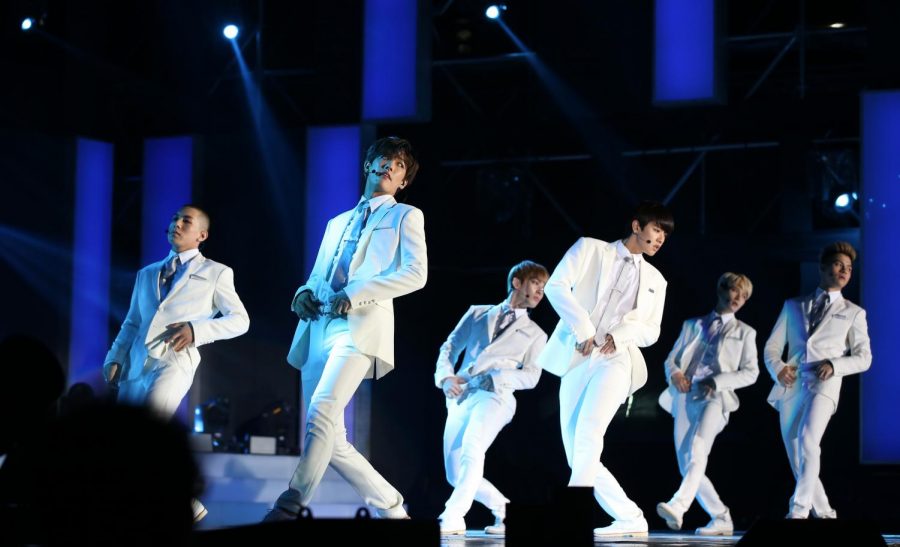Korean Wave Comes Rolling In

BTS, EXO, and BAP are not just random collections of letters, they are boy bands from the K-pop scene, the Korean craze sweeping not only the nation but also the world. This phenomenon and its rapid growth in popularity poses a question: how has this happened? Perhaps more importantly, why is this what captures the eye of the American public?
Every media outlet theorizes about why K-pop has now become popular. Why not back in the 90’s when the industry began? Many factors play into the timing of this Korean Wave, as it has been dubbed by those studying the phenomenon.
“The members of BTS are deeply, plainly deferential to their fans.” -Amanda Petrusich
YouTube plays a large role in its growing popularity, allowing people to access many experiences from around the world that they would never have run into otherwise. The world becoming a smaller, more tightly-knit place allows young people to reach cultures and interests they couldn’t find in their hometowns. From this, young people have become open to other cultures, and fewer people ignore a piece of music just because it’s not in their native tongue.
The ability to gain massive mainstream success is not only proven by the rise to prominence from K-pop, but from other musics that aren’t in English. For instance, “Despacito” by Luis Fonsi, Daddy Yankee, and Justin Bieber topped the U.S. charts at the No. 1 spot for 16 weeks in 2017, even though it was mostly in Spanish.
Another idea about the timing of the Korean Wave is that fans are drawn in by the ideals of some K-pop bands, such as BTS. In interviews, the group seems far more humble, according to Amanda Petrusich of The New Yorker in a May 2017 article. Ms. Petrusich goes on to say “the members of BTS are deeply, plainly deferential to their fans, and appear grateful to the machinery that brought them all together.” They seem to genuinely take their fans into account when creating music. They’ll often consider whether the subject matter is appropriate for fans of all ages, which is why they won’t create songs about politics or anything sexual in nature. Ms. Petrusich theorizes that because they have values that most American artists do not follow, they have become popular because they fulfill a need for more wholesome content.
One piece everyone can agree on is that BTS has been a massive part of the rise of K-pop. A record breaking band, BTS claimed a number one spot on the Billboard 200 for their song “Love Yourself: Tear” in June, and then again in Sept. with “Love Yourself: Answer.” Several YouTube records have been broken by BTS, and sometimes they even broke their own records. BTS’s “Idol” beat Taylor Swift’s “Look What You Made Me Do” for the most views on YouTube within 24 hours. BTS has become so highly regarded and well-known that on Sept. 24, they spoke in front of the United Nations. They were invited as part of the “Youth 2030” event, which served as a launch for UNICEF’s Generation Unlimited initiative. The buzz around this group has been referred to by some, such as Amy B. Wang at the Washington Post, as something to rival Beatlemania.
As K-pop becomes an integral part of America’s music culture, other Korean forms of entertainment, such as K-rap and K-dramas, have risen in popularity. Exports of Korean dramas bring in $239 million annually, with 30 percent of that being from the U. S., rounding out to about 18 million Americans with an interest in the shows, according to the BBC and Forbes respectively.Manhwa, the Korean version of manga and comic books, are also coming to light on a smaller scale. Often U.S. publishers find it easier to work with manhwa publishers and artists, as they are more likely to be thinking of global success than the publishers and artists of manga. This is likely to translate into more publishers pushing manhwa instead of manga.
With all of these components in mind, it’s likely that this Korean Wave is nowhere near over. In fact, it’s only just begun.
Republished from Shoreham-Wading River’s print newspaper, The Wildcat Pause (April 2019 Issue).














